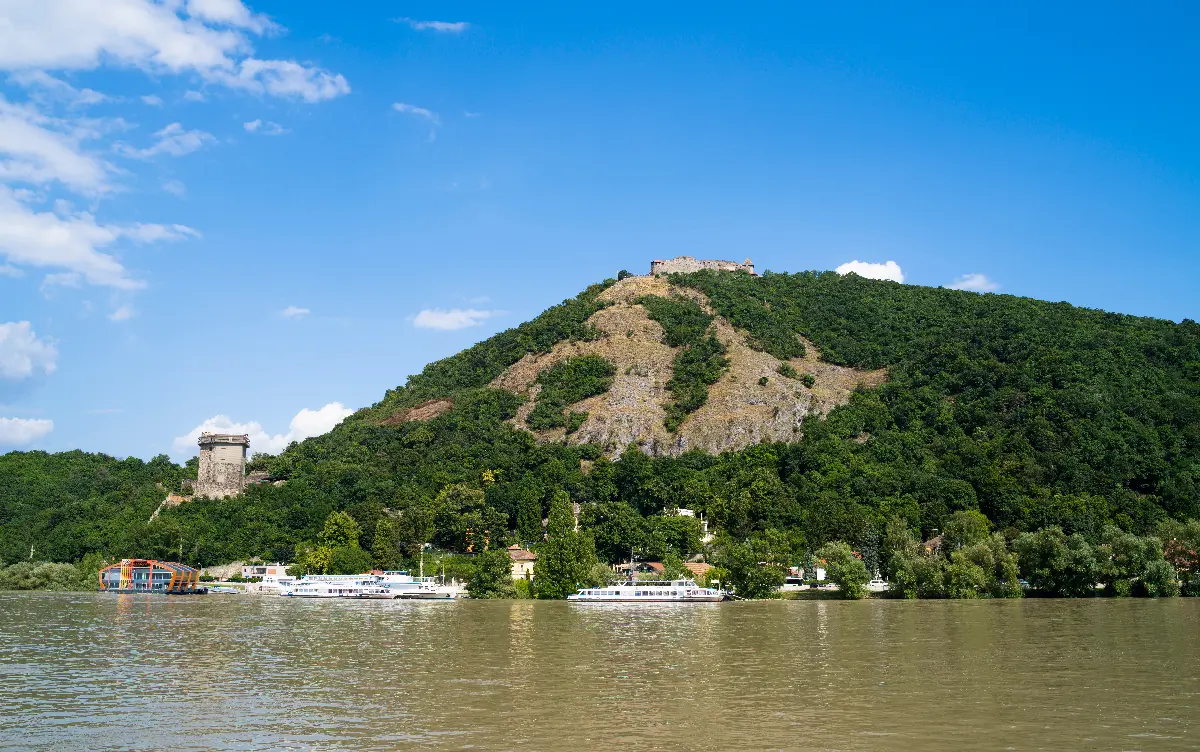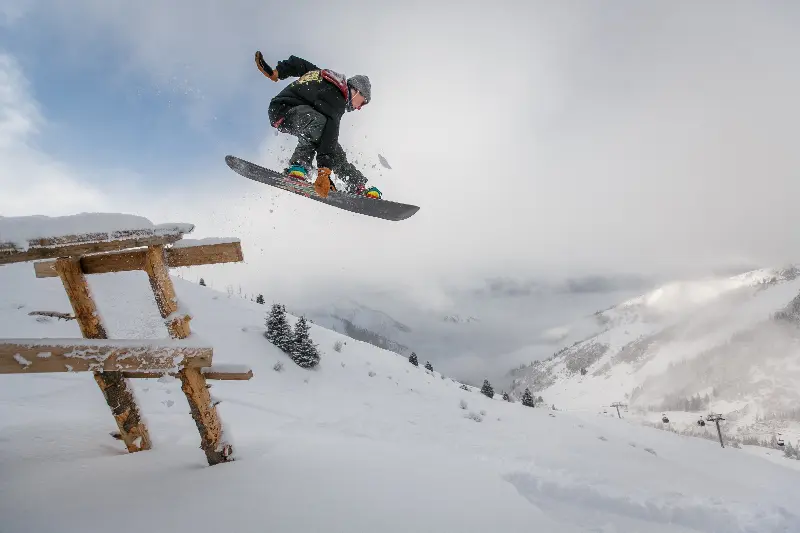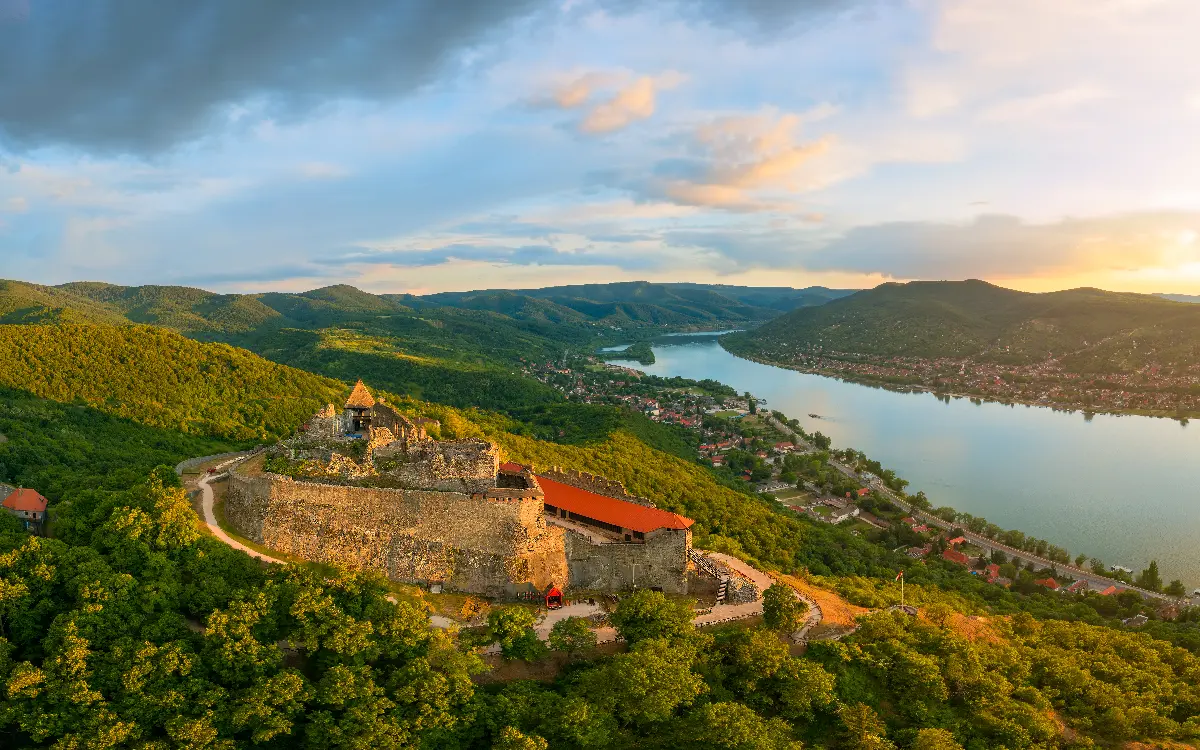
Helyszín címkék:
Visegrád, the royal town, is still the scene of tournaments
Francisck Réka Alíz
Thanks to its strategically-important location and pleasant environment, Visegrád has always been the centre of attention. The area has been continuously inhabited since the Neolithic era. After the Celts, the Romans also settled here, and you can still find traces of this today if you look at the Roman-era watchtowers along the Danube. The first written document in Latin, which mentions Visegrád castle and county, dates back to 1009. (The name itself literally means "high castle".) King St Stephen founded a bailiwick and had an archdeacon church built, the foundations of which can still be seen on the “Várhegy” (Castle Hill). The present castle was built by Béla IV In the 1250s, but the royal palace was begun by Charles Robert on the main street of the town, close to the Danube bank, in the 1320s. Within a few years, Visegrád became the king's headquarters and favourite residence. In 1335, at the famous meeting of Central European kings in Visegrád, a treaty was signed to ensure the financial independence of the countries concerned from Vienna and Western merchants.
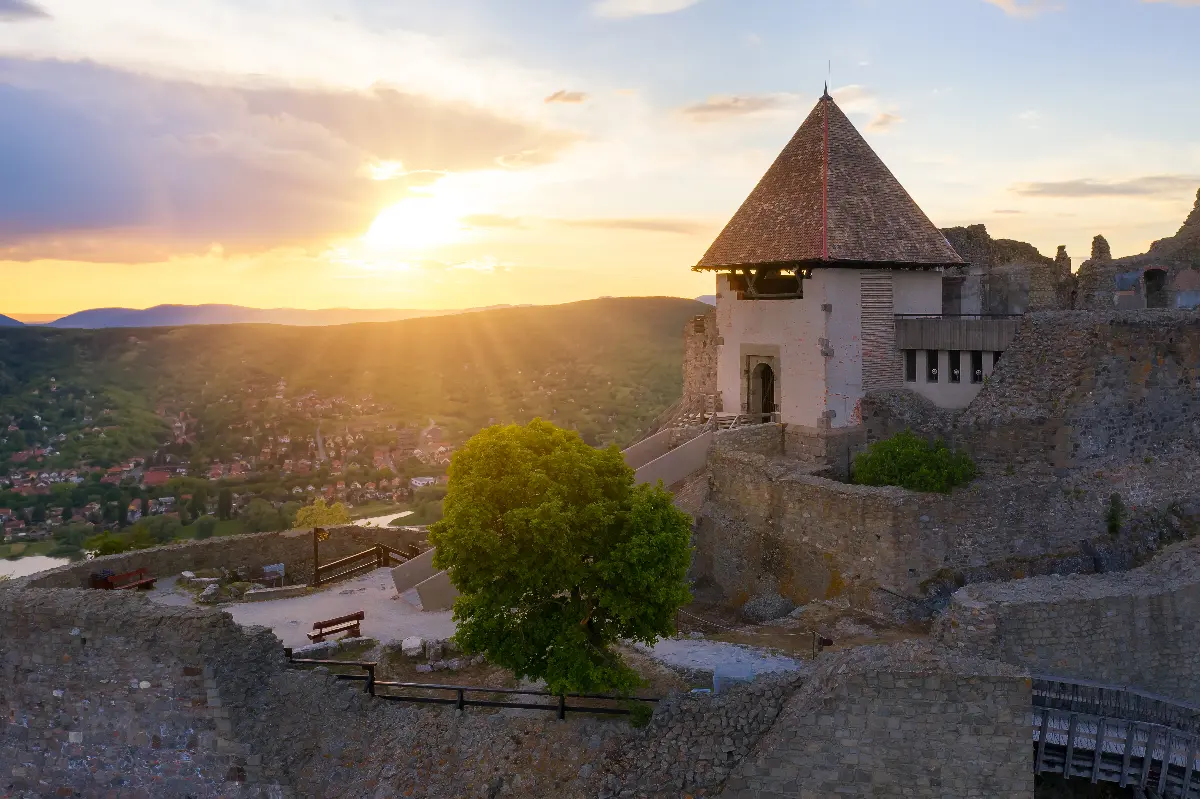
In 1370 King Louis the Great received the Polish delegation that offered him the Polish crown, and in 1440 a real drama took place in the castle, as the tragic mother of King László V arranged for the crown to be stolen for her son, and later Only King Matthias managed to redeem the crown and the town of Sopron, which had been pledged as security to Frederick III, for 80,000 gold pieces. During the reign of King Matthias, the castle flourished, the king had magnificent buildings erected in a system of castles and the palace was renovated in Renaissance style. The Renaissance court of Matthias was often visited by influential figures of the time, who were involved in natural sciences, philosophy, literature, arts and inventions. These visitors often described Visegrád as "heaven on earth" in their reports. However, during the Turkish occupation, it became more of an earthly hell: the palace was demolished, and the ruins were scattered by the locals. Visegrád's heyday was over for a long time. The ruins of the steep hillside were covered by soil that had collapsed due to heavy rains, and although archaeologists excavated the ruins throughout the 19th century, it was only in 1934 that János Schulek (son of Frigyes Schulek, the architect of the “Halászbástya” (Fisherman's Bastion) and the “Mátyás-templom” (Matthias Church in Buda) managed to unearth a chapel. Excavations have been ongoing at the site ever since.
The first "modern royal meeting"
With the advent of steamboats on the Danube in the 19th century, Visegrád became a popular place for outdoor recreation. It was at this time that the settlement structure of the area developed its present form. The banks of the Danube have been reinvigorated, and a new, enclosed bay perfect for sports, has been created at the Lepence beach. Visegrád Castle witnessed the first modern "meeting of the kings" in 1991 when the heads of state and government of Czechoslovakia, Hungary and Poland formed the Visegrád Group. (In the autumn of 2006, Visegrád hosted a meeting of the now four-member V4 Heads of Government again to celebrate the 15th anniversary of their successful cooperation.
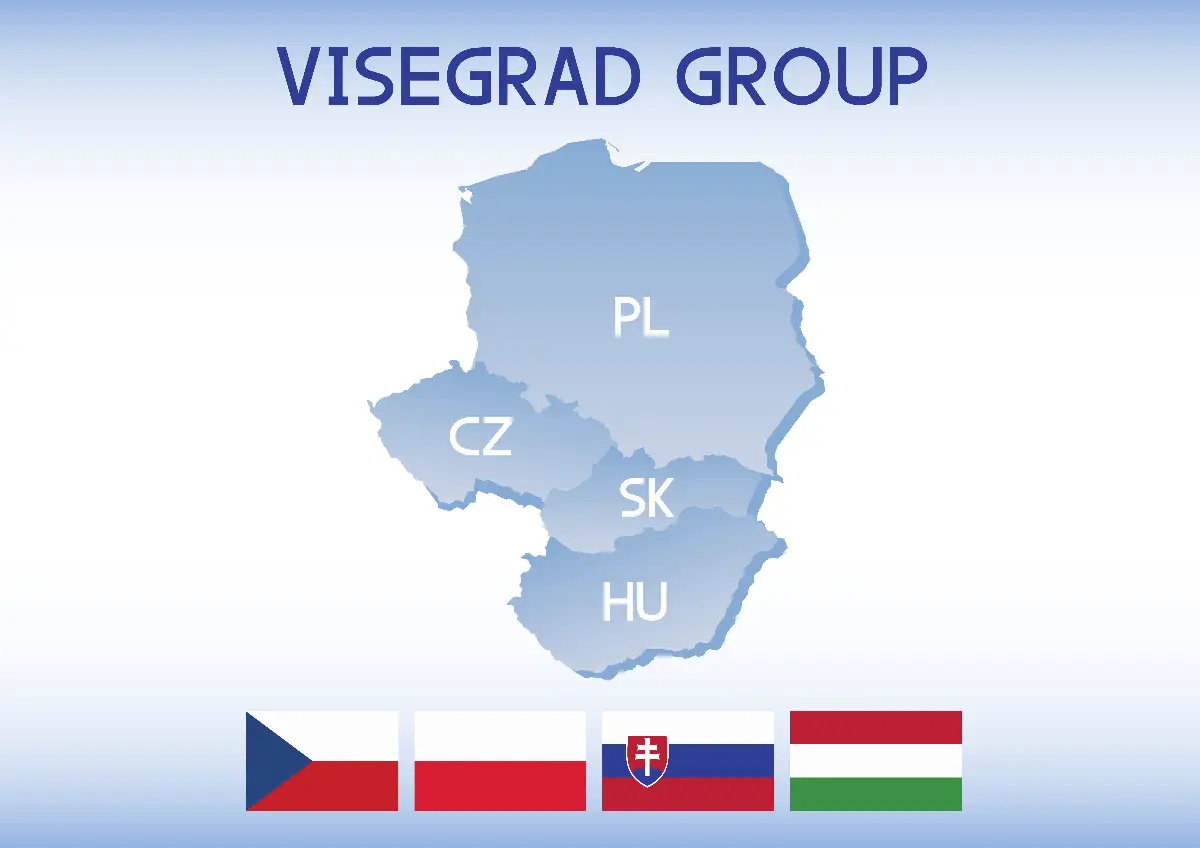
Tournaments of knights
Those who want to experience the excitement of the tournament should visit the Visegrád International Palace Games, organised by the city council in collaboration with the Knighthood of St George - one of the largest of its kind in the country, attracting thousands of visitors each July. As well as tournament demonstrations, the open-air stage of the Lower Castle will host a medieval fair, where performers dressed in period costume will present the Middle Ages in terms of period food and handicrafts in a genuine medieval setting, but without the unpleasant smells common at that time. "More than 200 knights and warriors from the Czech Republic, Italy, Poland and the Carpathians will take part in the tournament, alongside members of the Knighthood of St George," said the organisers. "The show begins with archers showering their opponents with accurate and deadly arrows. Then royal falconers, beautifully dressed ladies-in-waiting, crossbowmen and standard-bearers entertain the kings and, of course, the public."
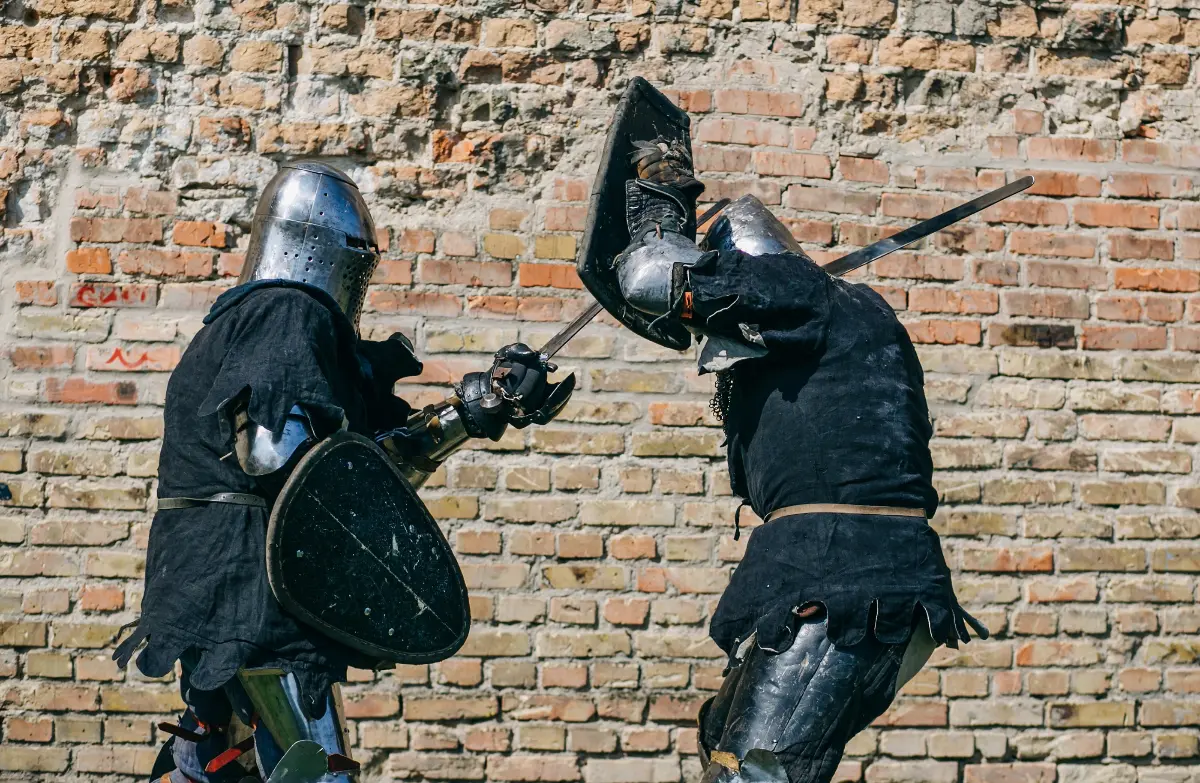
Other competitive games are also available, such as live chess in costume or Middle Ages ball games. A medieval harbour is also being built on the banks of the Danube, where sloops and galleys await visitors with an onboard feast. In the Royal Palace, there will be a puppet exhibition and a fair, while in the park there will be a fair comedy, medieval dance and a concert at the statue of King Matthias. The medieval fair is held on the main street and in front of the Royal Palace. At the fair, tourists can learn about the crafts of blacksmiths, bakers and glassblowers, while at Solomon's Tower there are concerts, a duel, a troubadour competition, comedy and dance performances. One of the highlights of the festival is the evening torchlight parades from Visegrád's Main Street to the Royal Palace. Gastronomy is also a big part of the festival, "every day you can feast with kings, nobles or knights and taste typical medieval dishes. In addition to the fiery Hungarian wines, you can also drink Czech beers or Polish brandy, as the Royal Wine Court awaits everyone with a delicious tasting. The vintners will also be of great help in selecting the best wines."
